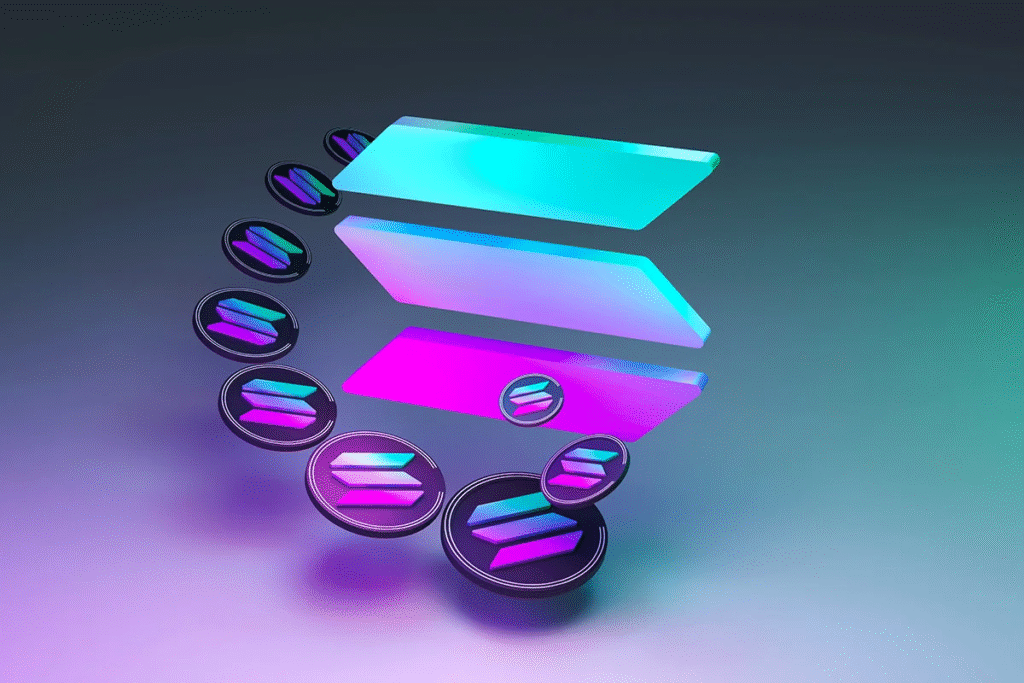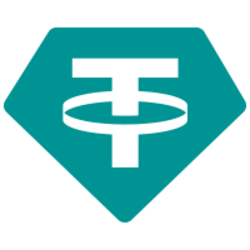What Even Is a Sol Incinerator?
You know that one friend who’s always ahead of the crypto curve, tossing phrases like “burn mechanics” and “tokenomics” while you nod and smile? Let’s turn you into that friend with a fundamental understanding of the Sol Incinerator, one of Solana’s fiery innovations.
A Sol Incinerator is a token burn mechanism on the Solana blockchain designed to permanently remove coins from circulation. It sounds simple, but as with most things in the DeFi jungle, there’s more heat under the hood.
Let’s explore why this burn-baby-burn strategy might be the fuel Solana needs to stand out in a saturated crypto ecosystem.

Why Burn Tokens at All?
Burning tokens might sound destructive, but it’s an act of creative crypto alchemy.
Here’s what’s going on:
- Reduced Supply: Burned tokens are sent to a verifiably unspendable wallet—think of it as throwing your cash into a digital black hole.
- Increased Scarcity = Potential Value: Each remaining one could become more valuable with fewer tokens.
- Anti-Inflationary Measure: Similar to central banks tightening the money supply, crypto projects use burns to combat token inflation.
- Boosting Ecosystem Trust: Burns can demonstrate a commitment to long-term sustainability, especially with transparent governance.
So where does Sol Incinerator fit into all this?
The Solana Angle: Speed, Scalability—and Now, Incineration
Solana has already established a reputation for lightning-fast transactions (65,000 TPS, anyone?) and ultra-low fees. But now, it’s adding token-burning mechanisms to its toolbelt—and not just as a gimmick.
Here’s how Solana’s version of incineration works:
1. Validator Fee Burn
Every Solana transaction includes a tiny fee. Part of this fee goes to validators to secure the network, but a portion is burned automatically and irrevocably. This is native to the Solana protocol, not just an optional add-on.
It’s like tipping your waiter and throwing a penny into a wishing well—except the wishing well is on fire, and you’re helping stabilize an entire blockchain economy.
2. Project-Based Burns
Beyond protocol-level burns, many Solana-based projects now incorporate their own “Sol Incinerator” mechanics:
- NFT platforms might burn tokens with every mint or transaction.
- DeFi protocols could use a percentage of staking fees for burn events.
- Gaming dApps are integrating burn mechanisms into in-game economies (e.g., burning tokens to upgrade gear, unlock levels, etc.).
These micro-burns add up, chipping away at supply while gamifying the experience.
Case Study: Burn Baby, Burn – $BONK & the Community Burn Frenzy
If you were anywhere near Crypto Twitter during BONK’s hype cycle, you probably saw the fireworks—figuratively and literally. This Solana-based meme token exploded onto the scene, then set a chunk of its supply on fire.
Over 5 trillion BONK tokens were burned in a community-led event. Why?
- To reduce the supply post-airdrop frenzy
- To signal seriousness behind the meme
- To build trust after accusations of rug-potential
Spoiler alert: it worked. The token stabilized and saw renewed interest, all thanks to a good old-fashioned bonfire.
Benefits of a Sol Incinerator Strategy
So why are more Solana projects fanning the flames? Let’s put it in bullet points:
- Creates Positive Price Pressure
- Less supply can = more demand = upward price movement (not guaranteed, but often correlated).
- Aligns Incentives
- Users feel more confident when devs show they’re not just in it for short-term profit.
- Drives Utility
- Burns can be linked to use cases (staking, governance, in-game actions) and increasing engagement.
- Showcases Transparency
- On-chain burn events are verifiable and significant for community trust and accountability.
Watch Out: Not All Fires Are Friendly
Of course, there’s a dark side to all this sizzle.
Potential Risks:
- Overhyping Burns: A burn doesn’t always mean a price pump. If there’s no real utility or user base, you’re setting smoke signals.
- Unsustainable Models: Some projects burn too much, too fast, like a candle burning at both ends. Eventually, there’s nothing left.
- Centralized Control: If one wallet or dev team controls the burn schedule, that’s a red flag.
Pro Tip: Before you get excited about a Solana token with a burn mechanism, ask: Is this part of a healthy ecosystem or just marketing flair?
How to Track Burn Activity on Solana
Wondering how much SOL has been burned or what’s going up in flames this week?
Here are some handy tools:
- Solana Explorer – Check validator fees and transaction-level burns.
- Solscan.io – Offers token burn trackers for many Solana-based projects.
- Bonfida – Great for digging into project-specific burn events, particularly in DeFi and NFTs.
You don’t need to be a blockchain wizard—just curious and willing to poke around.

FAQs About Sol Incinerators
Q: Is the SOL token itself burned?
Yes, the network automatically burns a small portion of every transaction fee.
Q: Can projects fake burn events?
If it’s not on-chain and verifiable, it’s worth questioning. Always DYOR (do your research).
Q: Does every Solana project use a burn mechanism?
Nope. It’s optional and varies widely by project and use case.
The Final Spark: Why Sol Incinerators Matter
The Sol Incinerator isn’t just a crypto buzzword—it’s part of a broader shift toward deflationary economics, community engagement, and sustainable blockchain ecosystems.
Understanding these mechanisms can give you a serious edge, whether you’re a casual degen, a serious investor, or just burn-curious. In the fast-moving Solana ecosystem, projects that integrate bright, transparent burns are lighting the way.
So, next time someone mentions terms like “tokenomics” or “supply shock,” you’ll be ready to nod along and add something meaningful to the conversation.
Also, Read The Following: SOUN Stock.
Want to dive deeper into Solana token mechanics or track the latest burn events? Drop your questions in the comments or share this with your crypto crew. Let’s keep the fire going.





